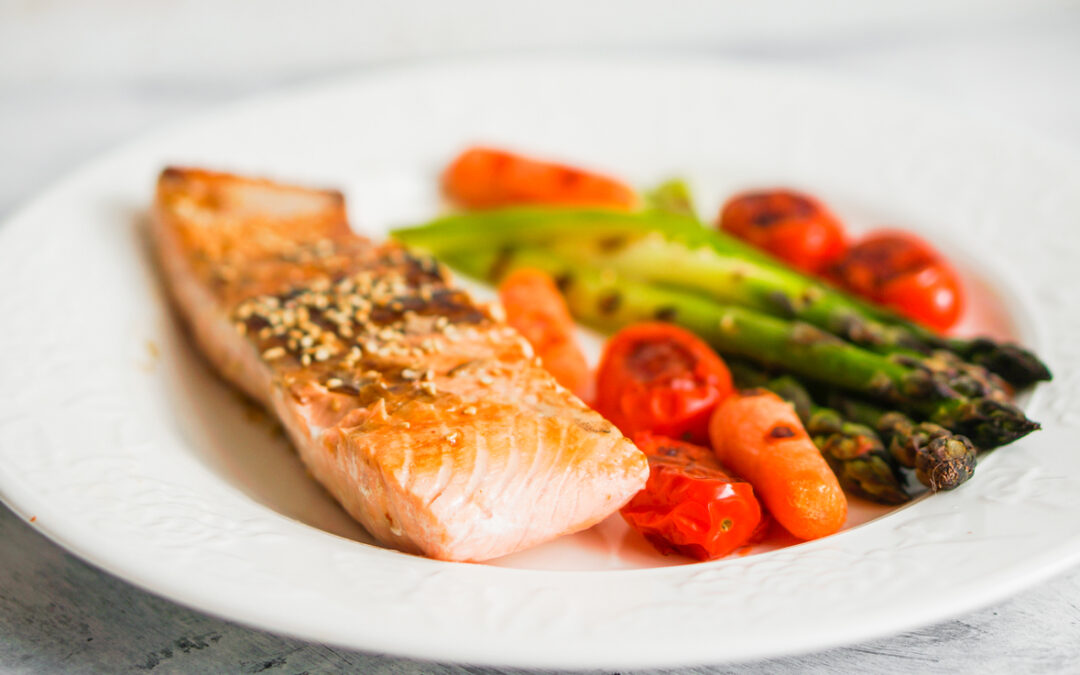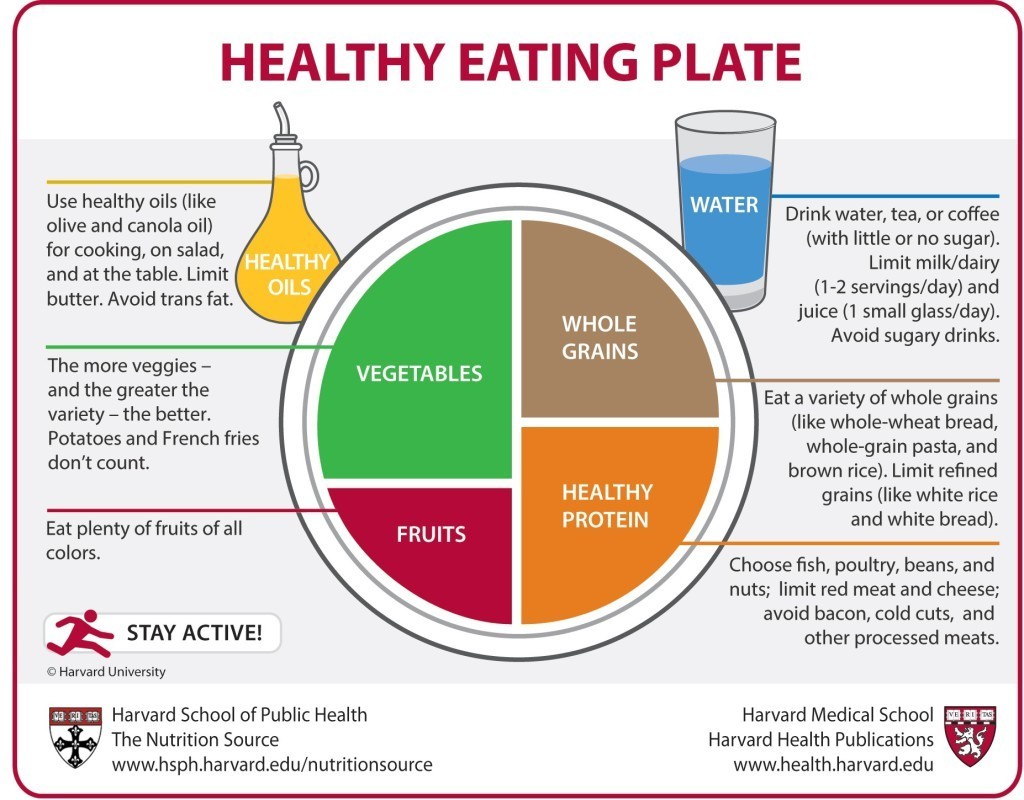When you have diabetes, it is often confusing to know what foods are okay to eat with a diabetic diet. You have probably gotten advice from numerous people and have heard things like “just stay away from added sugar” or “avoid white foods.” Blood sugar levels do rise when eating sugar and refined grains, but you must remember to examine your whole diet.
Foods for a Diabetic Diet
A healthy diabetic diet includes all food groups and is centered on nutritious foods. Balanced meals and correct portion sizes are crucial to controlling your blood sugar levels. Well balanced, healthy meals include whole grains, plenty of fruits and vegetables, lean proteins, healthy fats, and limiting foods high in added sugar.
| Grain and Starch Examples | Fruit Examples | Vegetable Examples | Healthy Fat Examples | Lean Protein Examples |
|---|---|---|---|---|
| Whole Wheat Bread Wild Rice Oats Brown Rice Quinoa Popcorn Hulled Barley Dried Beans |
Apple Cantaloupe Orange Strawberries Dried Fruit Blueberries Pineapple Raspberries Cherries Pear Grapes Kiwi Clementine Banana Mango Watermelon |
Green Beans Cucumber Broccoli Cabbage Carrots Onions Mushrooms Peppers Spinach Squash Zucchini Eggplant |
Olive Oil Canola Oil Avocado Nuts Olives Nut Butters |
Chicken Breast Fish Eggs Turkey Low Fat or Fat Free Cheese Soy |
Balanced Meals
Harvard School of Health developed the Healthy Eating Plate as a guide for balanced meals. This is an easy tool to help you create balanced meals. Half your plate should be fruits and vegetables, 1/4th should be whole grains or starchy vegetables and another ¼ should be lean proteins. Include healthy fats sparingly throughout your day. Don’t forget to think about your drink! Water should be your beverage of choice and unsweetened tea and coffee are fine, too. It is best to combine healthy fats and protein with carbohydrates like grain, fruits, and starchy vegetables. This keeps you satisfied and feeling full longer, and helps you to maintain healthy cholesterol levels too.
Foods High in Carbohydrates
Foods that are high in carbohydrates include fruits, starchy vegetables, grains, beans, and milk. All carbohydrate foods raise blood sugar levels but the type of carbohydrate you eat makes a difference in how you metabolize it. Refined grains and sugary foods like white bread and desserts create a drastic spike in your blood sugar because they are digested very quickly. They are also missing valuable nutrients such as antioxidants, fiber, vitamins, and minerals. High quality carbohydrates – which include whole grains, beans, fruits, and vegetables – on the other hand, provide these nutrients to promote good health. The fiber in these foods creates a more gradual and smaller spike in your blood sugars. Whenever possible choose high quality carbohydrates. It is good to aim for about 2 fruits and 3-5 vegetable servings per day.
Portions
Eating the correct portion sizes are important for good health and weight management. Eating the right portion sizes of carbohydrates is crucial for controlling blood sugars. As mentioned previously, Havard’s Healthy Eating plate will help you do this. It is good to limit your carbohydrates at each meal. Depending on your size, you may only need 2 carbohydrate choices per meal or you may need 3-4 . This is where a Registered Dietitian can help you know what is best for you. Here is link to help you with proper serving sizes:
Portion Sizes Serving Chart
Maintaining a healthy diabetic diet is vitally important if you are diagnosed with or are at risk for diabetes. You can enjoy delicious foods while ensuring that you stay as vibrant as possible, reduce your need for medication and increase both the quality and the quantity of your life.


